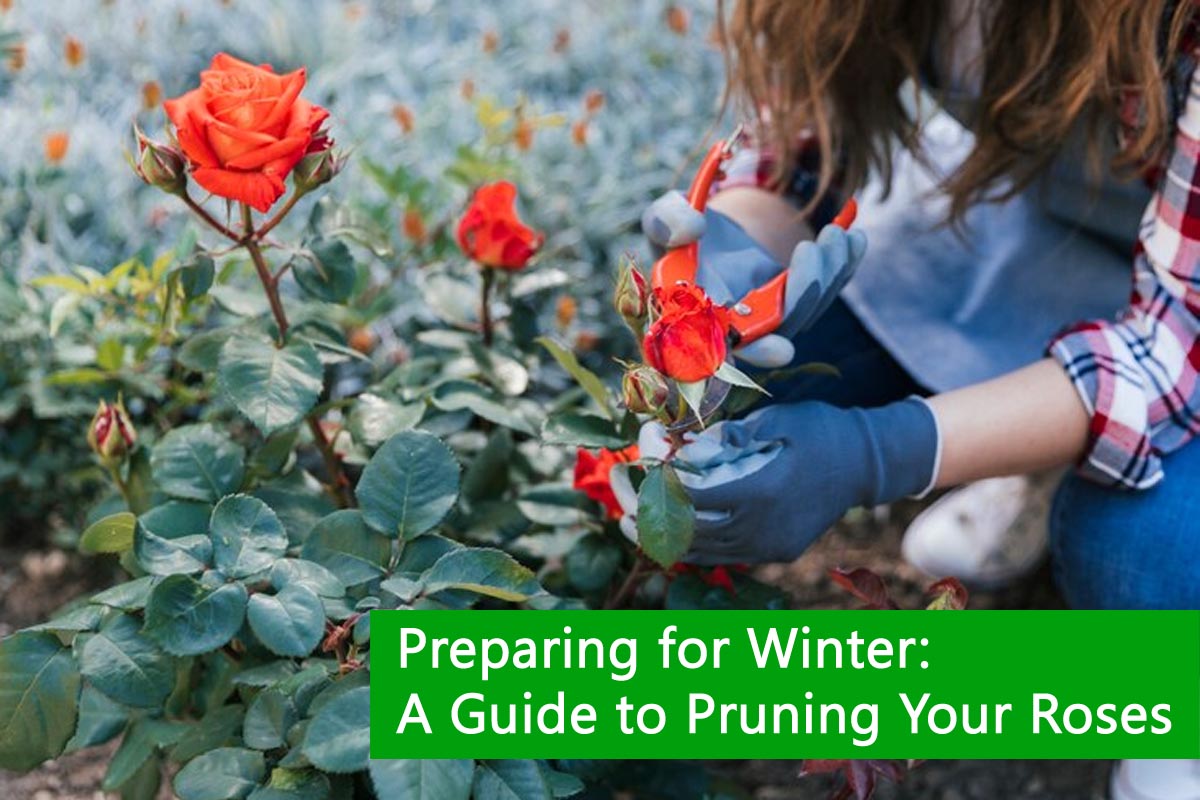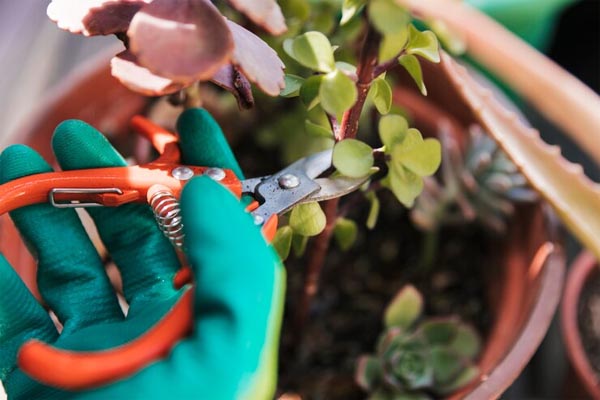
Preparing for Winter: A Guide to Pruning Your Roses
As the days grow shorter and the air turns crisper, the approach of winter signals the time to take special care of your beloved rose bushes. Proper pruning is a crucial aspect of winter rose care, ensuring the health and vitality of your plants for the next growing season. In this comprehensive guide, we’ll walk you through the importance of winter rose pruning, when and how to do it, and some tips to help you make the most of this essential gardening task.
Why Winter Rose Pruning Matters
Winter rose pruning is not just a matter of aesthetics; it’s a fundamental practice that promotes the overall health and vigour of your rose bushes. Here’s why it’s so important:
Disease Prevention
Pruning helps remove dead or diseased wood, reducing the risk of fungal diseases like black spots or powdery mildew.
Also Read This : Choosing the Perfect Petals: Best Flowers for Homemade Potpourri
Improved Air Circulation
Properly pruned roses have a better airflow, reducing the likelihood of moisture buildup, which can lead to mould and disease.
Shape and Structure
Pruning maintains the desired shape and structure of the rose bush, ensuring it grows in a balanced and appealing manner.
Stimulates New Growth
Pruning encourages fresh, healthy growth when the growing season returns in spring.
Also Read This : Dried Flower Delights: Creative and Beautiful Uses

When to Prune Your Roses
Timing is crucial when it comes to winter rose pruning. In general, you should prune your roses when they are dormant, typically in late winter or early spring, just before new growth begins. The exact timing can vary depending on your local climate and the type of roses you have. Here are some guidelines:
Hybrid Tea Roses
Prune these roses in late winter, when you see the first signs of new growth, usually when the leaf buds swell.
Also Read This : Nature’s Wonders: Exotic Plants That Mimic Animals in Astonishing Ways
Floribunda and Grandiflora Roses
These can be pruned at the same time as hybrid tea roses.
Shrub Roses
These roses are more forgiving and can often be pruned in late winter or early spring.
Also Read This : Sandy Soil Superstars: Flower Plants That Grow Well in Sandy Soil
How to Prune Your Roses
Now that you know when to prune, let’s dive into how to do it:
Gather Your Tools
You’ll need a pair of sharp, clean pruning shears, long-handled loppers for thicker canes, gloves, and safety glasses.
Remove Dead or Diseased Wood
Start by cutting out any dead or diseased canes. Make clean, angled cuts about ¼ inch above a healthy bud eye.
Also Read This : Discover Flowers That Transform Their Hues
Cut at a 45-degree Angle
For all your cuts, use a 45-degree angle, which helps water run off and prevents disease from settling on the cuts.

Thin Out Crowded Growth
Remove any canes that cross over each other, as well as any thin or weak growth. The goal is to create an open, airy structure.
Shape Your Roses
Finally, shape your roses according to your preference. Most gardeners aim for a vase-shaped bush, with the centre open to allow sunlight and air to reach all parts of the plant.
Also Read This : The Sweetest Scents: Exploring the Top 10 Most Fragrant Flowers in the World
Tips for Successful Rose Pruning
Clean Your Tools: Always start with clean, sharp tools to make clean cuts that minimize damage and disease risk.
Don’t Be Afraid
Don’t worry if your roses look bare after pruning; they’ll reward you with vigorous new growth in spring.
Also Read This :Easy way to Propagate Roses from Cuttings
Dispose of Debris
Remove and discard all pruned material, especially if it’s diseased, to prevent the spread of diseases.
Mulch After Pruning
Apply a layer of mulch around the base of your roses to protect them from winter cold and help retain moisture.
Also Read This : How to Propagate Roses Using Potato Cuttings
Preparing your roses for winter through proper pruning is a labour of love that ensures your plants not only survive the cold season but thrive when spring arrives. With the knowledge of when and how to prune your roses and a little practice, you’ll be well on your way to enjoying healthy, vibrant rose bushes in your garden year after year. Winter is coming, but with the proper care, your roses will bloom anew when the warmth returns.
Also Read This : Guidelines for Successfully Transplanting a Rose Bush
Also Read This : Sweet-Scented Thornless Roses: Fragrant Varieties with Minimal Thorns




